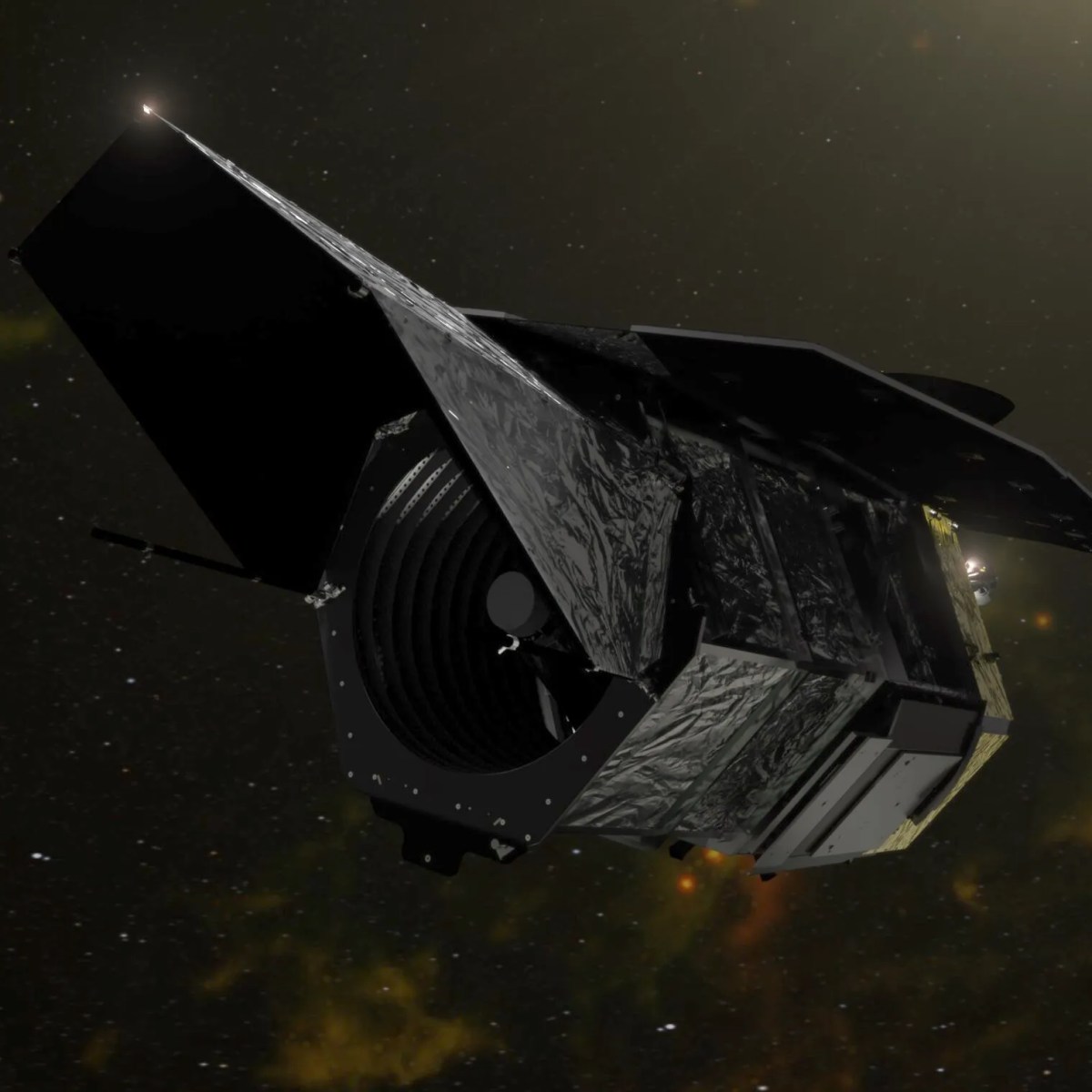WASHINGTON — The technology company Kratos Defense & Security Solutions has secured a $116.7 million contract from the U.S. Space Development Agency (SDA) to develop a ground system that supports missile-defense operations with data from low Earth orbit (LEO) satellites.
The five-year contract announced Nov. 13 is part of the Advanced Fire Control Ground Infrastructure (AFCGI) program, intended to establish a central, cloud-based command hub for missile-tracking satellite systems.
San Diego-based Kratos will build the ground infrastructure to facilitate the coordination of real-time data across a constellation of missile-tracking satellites. The ground system will operate from Redstone Arsenal in Alabama, a U.S. Army installation where SDA is standing up one of its main satellite control centers.
The AFCGI will manage complex threat-detection processes that involve identifying, tracking, and intercepting missile threats, including hypersonic missiles, a new class of weaponry known for their high speed and maneuverability.
Under the SDA program known as the Proliferated Warfighter Space Architecture (PWSA), the agency is deploying a network of LEO satellites equipped with infrared sensors to improve the U.S. military’s ability to detect and respond to missile threats. Kratos’ new ground infrastructure will initially support the Foo Fighter satellite constellation, short for “Fire-control On Orbit Support to the Warfighter,” which acts as a real-time testbed for advanced tracking technologies aimed at countering complex threats.
‘Sandbox’ for missile defense testing
Phil Carrai, president of Kratos’ space division, described the AFCGI as a versatile “sandbox” for missile defense testing, enabling the SDA and other defense agencies to demonstrate new detection technologies. Kratos will provide a “ground resource manager,” a tool designed to scale and adapt to other fire-control initiatives in the future.
The Proliferated Warfighter Space Architecture represents a shift in the way the United States uses satellites for missile defense. Instead of relying on fewer, larger satellites in higher orbits, this architecture leverages smaller satellites deployed in low Earth orbit. LEO constellations allow for shorter data relay times and more responsive coverage, improving detection capabilities for short- and long-range missile threats. The satellites within this system will ultimately serve as an interconnected web of sensors capable of relaying data to ground-based command systems for a rapid response.
Kratos is leveraging its OpenSpace cloud platform for this project. The company has assembled a team of subcontractors, including ASRC Federal Systems Solutions, Peraton, Sphinx Defense, and Stellar Solutions, to support the AFCGI system. OpenSpace enables flexible upgrades, said Kratos, which are critical for keeping pace with the evolving landscape of missile threats.
Derek Tournear, director of the SDA, noted that the agency is seeking to establish a “common, enduring ground infrastructure” that can support a range of fire-control programs.



